Search
Search Results

Image
Painted Bowl from Halaf Culture
This painted bowl dates back to the Halaf period, Mesopotamia, sixth century BCE. (The Sulaimaniya Museum, Iraq).
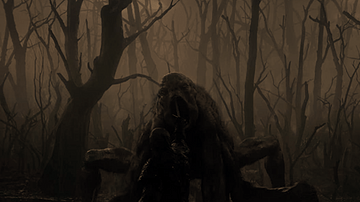
Image
Kikimora in Popular Culture
Henry Cavill in The Witcher (2019) by Netflix.
The image portrays a modern reimagination of Slavic Kikimora.
© Netflix
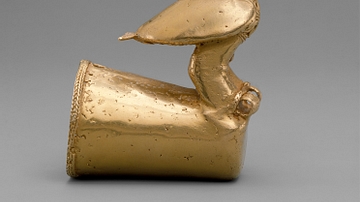
Image
Gold Staff Finial, Zenu Culture
A gold staff finial made by the Zenúes, a people who belonged to the Zenú tribe of ancient Colombia. It features an owl on the edge with a majestic crest, polished golden wings and false filigree openwork on its chest. Distinctive features...
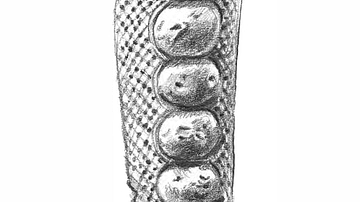
Image
Carved Globule Bones (Castelluccio Culture, Sicily)
Animal bone segments (early bronze age, c. 2169 - c. 1500 BCE), between 13-15 centimeters in length, sometimes decorated with incisions on which, successively, have been carried out globules in relief. Their uses are not yet known, although...

Image
Gandao in Kalasha culture
Gandao is the wooden image aimed at immortalizing the important departed souls of the Kalasha family member. Gandao is installed at cemetery. The Kalasha is sole pagan tribe of Pakistan with numerical strength of 4000 approx. The Kalasha...
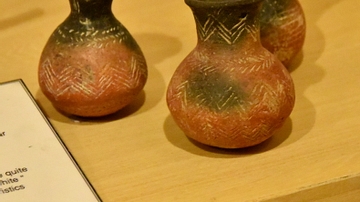
Image
Philia Culture Pottery from Cyprus
These pottery vessels show prominent Anatolian characteristics. Early Bronze Age in Cyprus, 2300-1900 BCE. (Museum of Archaeology, Istanbul, Turkey).
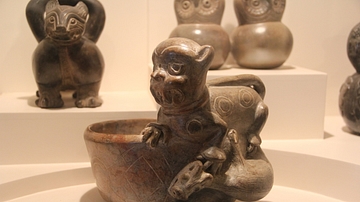
Image
Cupisnique Culture Sacred Animals
This piece shows a feline, owl, serpents, and condor. The owl and condor represented the sky while the feline represented the earth and dominance. The serpent represented the subterranean world. Housed in the Museo Larco, Lima, Peru.

Video
History of the Etruscan Culture: the First Great Italian Civilization
The Etruscans, who knew themselves as the Rasenna, were a culture that flourished in central Italy in the region of Etruria between the 8th and the 3rd century BCE. They are first mentioned by the Greek writer Hesiod in the 8th century BCE...
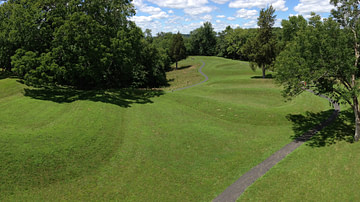
Definition
Serpent Mound
Serpent Mound (also known as Great Serpent Mound) is an archaeological and historic site in Peebles, Ohio, USA, enclosing an effigy mound 1348 feet (411 m) long in the shape of a serpent, the largest effigy mound of a serpent in the world...

Interview
Interview: The Ancient Southwest
Pre-Columbian civilizations of the Southwestern United States and Northern Mexico include the Hohokam who occupied the US state of Arizona, the Anasazi or Ancestral Pueblo Peoples who resided in the Four Corners Region, and the Mogollon who...